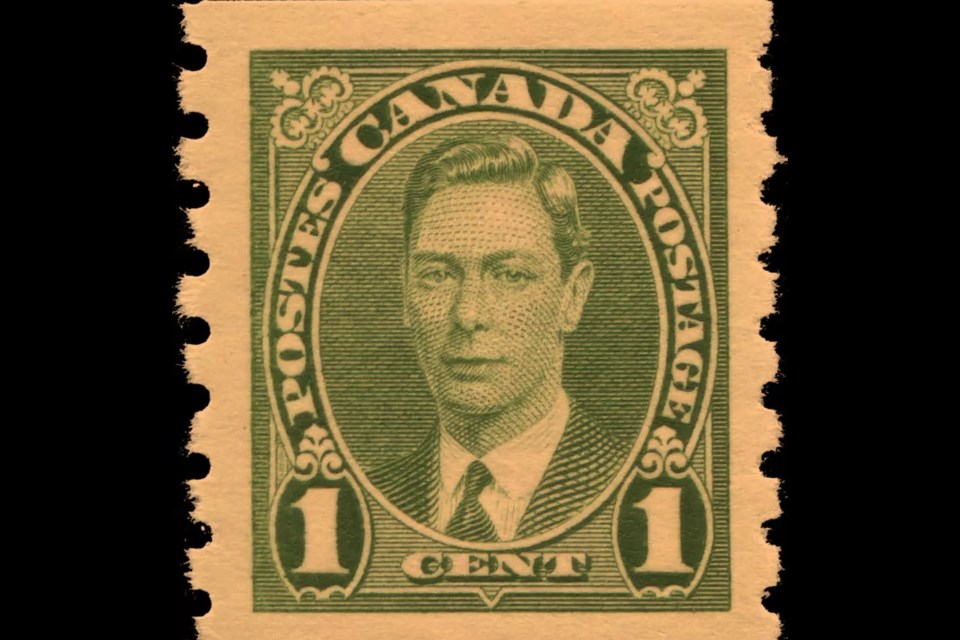Communications in Saskatchewan have changed dramatically during the past 150 years, with once formidable barriers to contacting faraway neighbours disappearing as technological advances made reaching others easier.
The Western Development Museum hosted its monthly Coffee Club meeting on Feb. 15 and focused on communications during the past century. Coincidentally — ironically? — the meeting was on Zoom, bringing together nearly 30 people from across the province.
“Communication is one of the most basic functions of human beings. We all have that need to communicate,” said Karla Rasmussen, education and public programs co-ordinator.
Snail mail
One major barrier that early pioneers faced was distance, while they also had no vehicles, few books, some radios, no TVs and no computers, she said. While many pioneers could reach town by horse, buggy, or foot, they didn’t go often because of distance. Some people never even left their homestead for weeks or months.
Sending postcards and writing letters were the earliest ways people stayed in touch. While it filled the gap, it still had to be mailed, which mean waiting until the next trip into town.
The first stamp in Saskatchewan cost one cent.
“Like today, heavier letters needed more than one stamp. To save money, people would try to write on one page as they could. Letters were sometimes written four ways on one sheet of paper,” said Rasmussen.
Mail service expanded and became faster once the railroad arrived in the 1880s. By 1906, there were over 500 post offices in the new province. However, the possibility of mail arriving late was always a problem — especially for people who wanted to visit family weeks in advance.
Deliveries became faster once planes began delivering the mail and other supplies — including homes via the Eaton’s Catalogue — after the First World War.
Dot-dot-dot, dash-dash-dash
The creation of newspapers brought news from across the world, Rasmussen said. The first newspaper in the province was the Saskatchewan Herald, which was printed in Battleford in 1878 — 27 years before Saskatchewan became a province.
Morse Code was another method to communicate across distances. A telegrapher would transmit a message across telegraph wires and a receiver would decipher the message. Messenger boys would then deliver the messages to homes or offices.
Can you hear me now?
The arrival of telephones — the first at Government House in Regina in 1882 — meant wooden poles had to be erected and wire strung across the prairies, said Rasmussen. Insulators — small upside-down cups on top of poles — kept wire from touching the wood and leaking current. However, they were also the favourite target of young people with slingshots.
“Telephone wire could be strung wherever it was needed. But to string to every farmyard seemed like a crazy and expensive idea,” she continued. “Many telephone companies did not want to send the money to hook up farmers miles from town.”
The provincial government created a new department in 1908 to connect rural people via telephone co-operatives. By 1921, there were 1,200 rural phone companies servicing 58,000 farmers. By 1924, more farmers had phones than anywhere else in Canada.
In urban areas, switchboard operators connected phone calls from one home to another. There were 21 different ringtones in the directory, so residents had to listen for their ring since neighbours shared lines.
“… but, some people liked to snoop and listen to other people’s conversations. It was called rubbering,” Rasmussen said.
By the 1960s, most of Saskatchewan had switched to direct dialling; the first touch-pad phones arrived in the 1980s.
Video killed the radio star
Radios were another way to receive information and listen to shows; Hockey Night in Canada started on radio in 1929. Meanwhile, residents with homemade radios could send messages via Morse Code through their devices; these people were known as amateur radio operators or HAMS.
Meanwhile, the first TV came to Saskatchewan in 1954, after a set was shown during the provincial exhibition. The first sets were black and white, while the pictures looked snowy because the receivers were poor.
Internet history
Communications history was made in the 1980s when SaskTel introduced its innovative fibre optic cable, allowing residents to access the internet faster before most of the world. The Crown corporation installed 3,200 kilometres’ worth of the cable, the distance from Saskatchewan to Disney World in Florida.
It's easy to forget that more than a century ago, people relied on sending letters that could take days, weeks or months to arrive, said Rasmussen.
“We take for granted the advantages brought to us by telephones, videos, televisions and now computers,” she added, “and can only imagine what it was like to live with it.”




